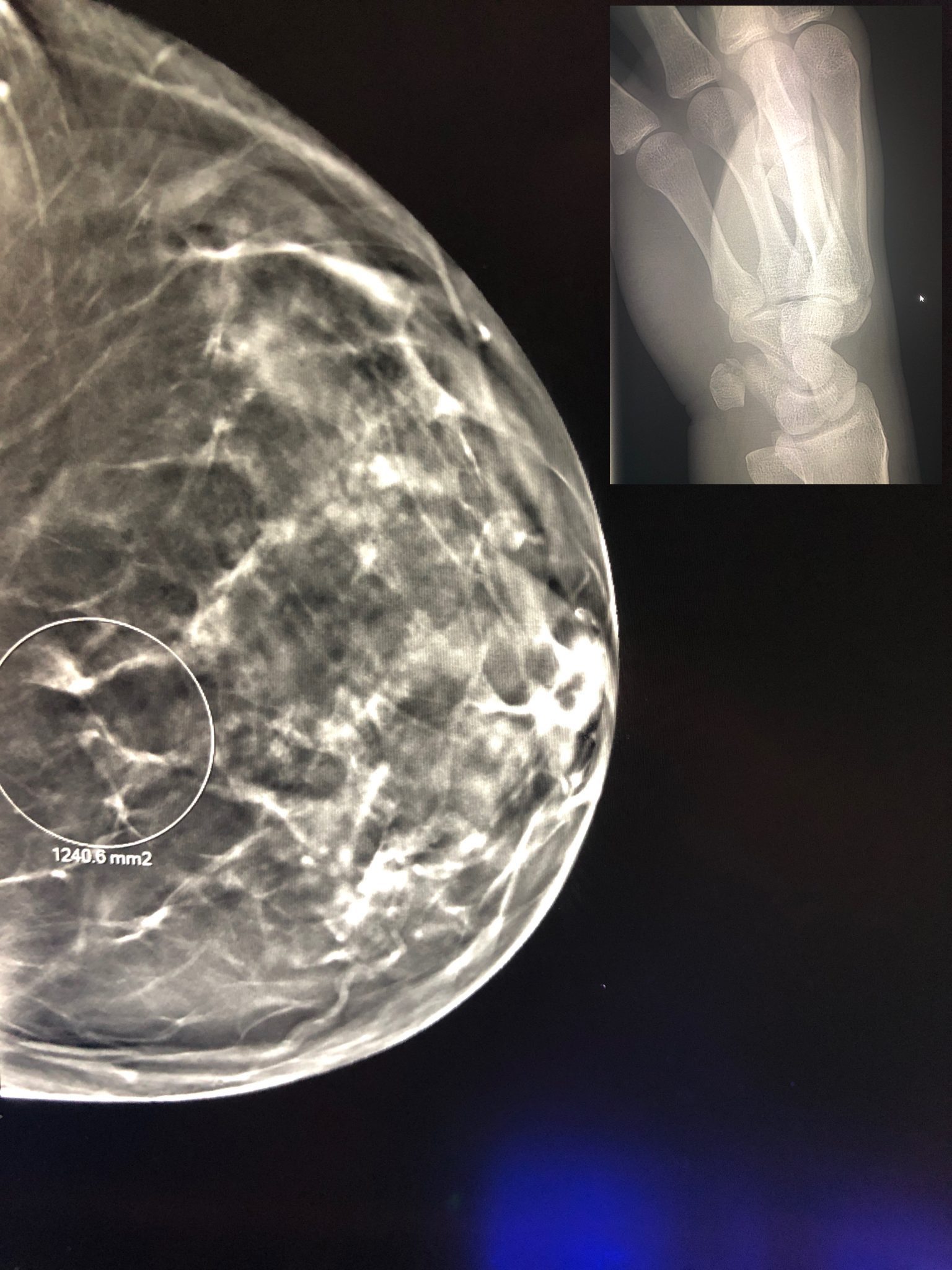
Recently, one of my residents asked an excellent question about both whether to pursue an MBA and the timing of getting one. And, I have a sneaking suspicion that many other radiology residents and radiologists have been taking an interest in starting MBAs with all that has been happening in healthcare lately. So, let’s talk about how and why an MBA can be useful. And, then we’ll talk a bit about the timing and the advantages/disadvantages of each.
Why Get An MBA?
First of all, how can an MBA help a radiologist’s career? Well, if you think about it, radiologists have so many years of training (counting college, we are talking typically 14 years of post-high school education)! But, in the entire 14 years of schooling, many radiologists have not had a lick of financial or management training whatsoever. Hell, I know of a few radiologists that can barely balance their budget! Additionally, many of these folks aspire to practice outside the typical clinical confines of radiology. Some may want to take up hospital or practice administration.
Then, when you look you check out the literature on those hospitals that are most successful, you will find that physicians typically run these health care enterprises. So, an MBA may be of great benefit to those of you who want to take this pathway. Take a look at these links supporting these claims here:
https://www.kevinmd.com/blog/2018/08/5-reasons-you-should-put-physicians-in-charge-of-hospitals.html
https://hbr.org/2016/12/why-the-best-hospitals-are-managed-by-doctors
So, if you want to run a tight ship and get into hospital administration, you, as a radiologist or radiologist-in-training, are well-positioned to be successful with the right financial/management education. And, for those of you in this boat, an MBA can make a lot of sense. Just make sure that you are doing it for the right reasons. At some point, the current pandemic will end, and we will return to a state of more normalcy. Don’t make your decision to choose an MBA only on the current poor radiologist job market!
MBA Before, During, Or After Fellowship?
So, all of this talk begs the question, when should you get an MBA? This part of the equation is a bit harder to answer, but I will give you my thoughts about the advantages/disadvantages of each.
Before Fellowship?
I like to consider this pathway, the path of least resistance. By far, logistically speaking, it is the easiest route to take. You are already training in medical school, and many programs offer MD/MBA pathways during their stay. What’s another year of education when you are already paying for your training, right?
However, I have witnessed many residents having pursued this extra degree before entering our program. And, a good chunk of these folks has no interest in utilizing their education toward the goal of healthcare management and practice finance. Although some may take a few nuggets from their MBA training with them into practice, the return on investment can be small. Why? Because they never created an action plan on how to use this degree. An MBA is only worth the time and money if you know what to do with it. And, herein lies the most significant disadvantage of completing an MBA early on in your training.
Instead Of A Fellowship
Out of all the ways you can complete an MBA, this pathway is the rarest. And I don’t know any radiologists in my program who have completed an MBA instead of a fellowship. For most of you, it is a difficult time to complete an MBA. First of all, your accumulated debt upon graduating residency often feels like a gazillion dollars. Then, of course, most of you are ready to embark on your career as a radiologist after all the training that you have completed.
In terms of timing, if you did not have to worry about money or the time it takes to complete while having to pay loans, it may make some sense. By this point, you have a better idea of your career goals. And, you can better focus on the goals that you want to achieve when you complete your MBA. However, many of you, by this time, still have not had the working experience to utilize your MBA teachings fully.
After Fellowship
Finally, in terms of convenience, completing an MBA while working is probably the most disruptive. Now, many of you have families and lifestyles that are less conducive to completing another degree. But there are courses and university programs that are willing to work within the confines of your life. These programs are often called executive MBAs and allow you to finish the degree while working. I know of several radiologists that have taken this pathway. Of course, you can also opt for a more traditional 2-year degree.
For those of you that complete an MBA after your fellowship, you most likely have a laser-focused reason for completing an MBA. Maybe, you know that the leadership of your practice may need a new change and wants someone with business experience. Or, perhaps you want to begin working for hospital administration at an available position. At this point, an MBA is usually the most meaningful since you most likely have a targeted application for the degree.
Considering A Business Degree? Taking It All Into Consideration
Well, for those of you mulling the MBA route, all this information is a lot to think about. But think of the MBA as a tool. If you utilize your degree for the right reasons, it can pay off “big-time.” It will allow you to pursue your selected area and have the knowledge to do so. On the other hand, a poorly thought out mission to complete this degree can lead to becoming cash poor with little to show for it. So, be careful choosing this pathway and when you decide to pursue this degree. And, don’t let the Covid pandemic be your only guide!
















